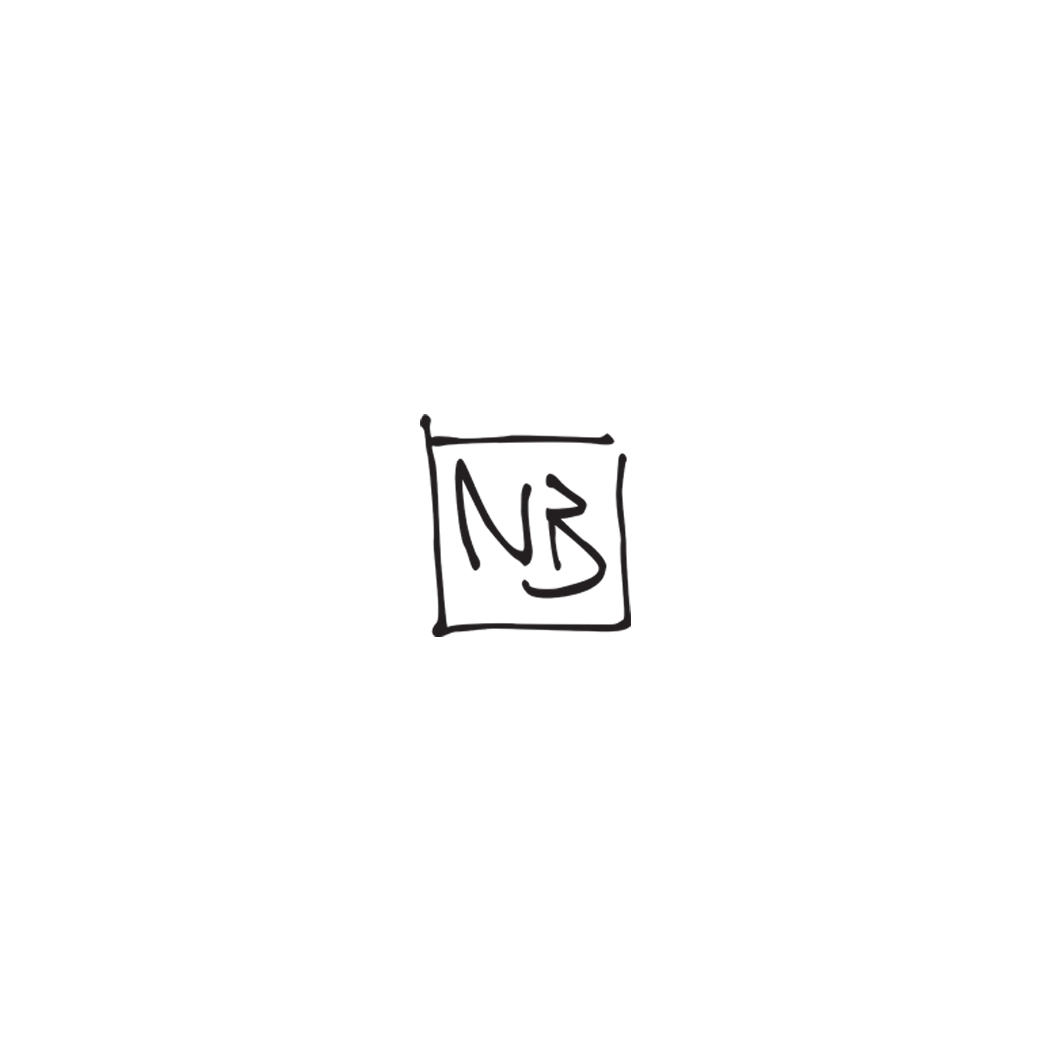Now, Digital vs. Film
I worked with a few different photographers on the east coast, one of which the very talented Carl Austin Hyatt. My favorite part about working with him was (besides that his work was just beautiful) his camera. It was a big old plate camera that basically had to be re-set up for every shot. His process resulted in a slow, relaxed, definitively creative photoshoot. The necessity of each shot being perfect was clear, and it was almost as if I were modeling for a painter. What I was saying in the last post about dynamic, dramatic poses that I only had to hold for seconds did not apply working for him. Setting up the scene and the pose took a while, and then I would have to hold the pose while he worked with the camera. It was often very uncomfortable after accidentally taking poses thinking I wouldn't have to hold them very long. Being draped backwards over the arm of a couch looks great, but try to hold it while a photographer adjusts and focuses the camera, reads the light meter, changes small details, etc., and suddenly you're pretty sure you're about to pass out.
Compare this to standing in front of a black curtain taking a pose, hearing a click, hearing someone say "okay," then taking another pose and doing it over and over again. I love that the medium of photography varies so greatly that two processes can be so completely different. Whether it is pencil, ink, watercolor or oil, traditional media basically requires the model to stay in one place for a long time so that the artist can have time to capture the atmosphere and feeling of the scene they are depicting. Working with Carl Hyatt had a similar feel for me, it was technological changes in the medium that made modeling completely different.

Generally a traditional artist develops the style of the work while the model is in front of him or her, adjusting the pose, the skin tone, the background as the paint goes onto the canvas. In digital the model and the pose is the basic canvas, and most of the conceptual tinkering occurs after the model has left in front of a screen. Gordon Pryzbyla showed me what he intended to do with his photos of nude models, that is, overlay the skin with other photos of textures taken from nature (bark, flower petals, etc). It was beautiful and fascinating, and barely needed a model.
Since photography has so many uses beyond the artistic, it's easy to forget how technological advances affect actual artistic photography rather than just giving some sorority girl an opportunity to "filter" a picture of her Starbucks Skinny White Mocha with an extra shot of caramel and whipped cream. Changing technology also affects something so well-established and relatively insignificant as an art model's style. Photography gives me the ability to move beyond being a Degas, or a Rubens, digital gives me the opportunity to move beyond O'Keefe, and into the realm of an anonymous figure with the mottled skin of a grassy field.Photography has been doing this all through history, consistently pushing the envelope of the artistic process. Oftentimes as a model you forget how much the process of the artist you are working for affects what you do, but with digital photography is it abundantly clear. Digital photography makes modeling more modern, more dynamic, more exciting, but less connected to the model, or the moment in which the picture was taken. Instead of freezing a moment in time or documenting an artistic idea, digital provides a base for artistic experimentation. The artistry is performed before and after the picture is taken, making the culmination of artistic thought not the moment when the picture was taken, but everything that came afterwards.
